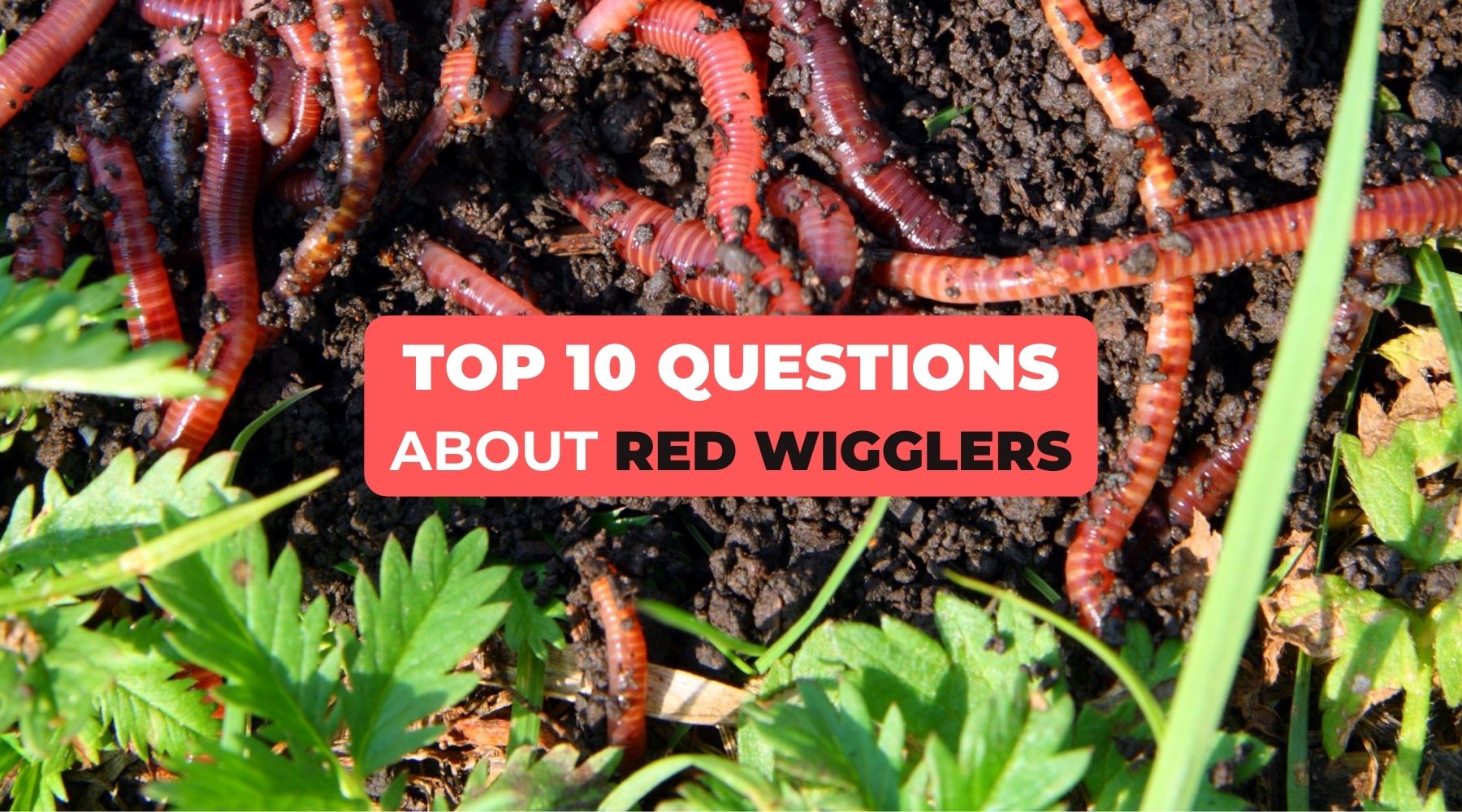Everything about Red Wiggler Express
Everything about Red Wiggler Express
Blog Article
The Main Principles Of Red Wiggler Express
Table of ContentsEverything about Red Wiggler Express10 Simple Techniques For Red Wiggler ExpressAbout Red Wiggler ExpressThings about Red Wiggler Express
With the international press for sustainability and with environment-friendly methods expanding in appeal, individuals are finally coming around and acknowledging the ecological benefits of red wiggler worms and composting. In this article, we'll review just how vermicomposting sustains sustainable gardening and the environmental benefits of red wigglers and other earthworms.
This is the except it. If you want to read thorough concerning red shakes, we have an entire write-up devoted to them right here. Now, let's get right into the fundamentals of exactly how these worms sustain lasting gardening methods and benefit the setting: Worm composting resembles a medical spa day for your soil.
When incorporated into your garden soil, these spreadings boost its structure, aeration, and water retention. This helps with plant development and health and does not call for the use of any kind of chemicals. Did you know that natural waste makes up a considerable portion of landfill product?
By diverting your kitchen area scraps and yard waste into a worm composting container, you're efficiently reducing the amount of organic waste that finishes up in land fills. It's a great deal for your yard and the earth. Forget about chemical plant foods worm castings are the actual bargain. They're chock-full of vital nutrients like nitrogen, phosphorus, and potassium.
What Does Red Wiggler Express Mean?

Mix the nutrient-rich worm castings right into your yard soil or use them as a leading clothing for potted plants. In a globe where sustainability is coming to be progressively critical, red wigglers beam as unhonored heroes of horticulture.
Composting might appear like old news, yet doing it with a container packed with worms possibly doesn't. Red wiggler worms use great benefits to the natural gardener, producing both an all-natural plant food and a reliable pesticide. And they eat your kitchen scraps. The value of red wigglers, a.k (Worm Farms Near Me).a. Eisenia fetida, exists in their excrement, called worm spreadings.
Worm castings might be purchased at shops such as SBS in Winery Haven or Vineyard Gardens in West Tisbury, but to raise the worms in a compost bed and harvest your own castings is a lot more fun. The work of these worms is an element of lasting living. Red wigglers are indigenous to horse manure, where they delve to lay eggs.
Fascination About Red Wiggler Express
(https://bizidex.com/en/red-wiggler-express-agriculture-634457)They can not make a great deal of it." He covers the container with straw, after that a piece of old carpeting. "They like the warmth," he claims. Lynn clarifies the production of castings and two usages: as a plant food and as a pesticide. "They digest deteriorating matter. It goes through them and adds calcium to make this abundant earth," she claims.
"I did it to see if it would make a distinction on white flies and aphids. The red wiggler is a vast dog breeder, laying eggs as typically as once a week - Red Wigglers For Bait.
It takes 3 to 5 months for an infant worm to reach sexual maturation and the grown-up size of three inches. Their lifetime is four to 5 years unless of training course they are made use of for bait. As freshwater fish lure, wigglers agonize responsible and endure underwater longer than conventional earthworms.

As one of the Epigeic course of garden compost worms, the usually does not show up in soils. Instead, it prospers within the soils of ground covers, manure, and disintegrating vegetation. The worm is red or reddish-brown in shade and has a smooth, cylindrical form. The clitellum, or saddle-like reproductive gland, is located concerning two-thirds of the way down the worm's body.
A red wiggler worm can mature to four inches in length yet is typically just about 2 and a fifty percent inches. The worm has a tiny mouth located at the front of its head. It also has little bristles, called setae, which help the worm action and anchor itself to surface areas.

Report this page